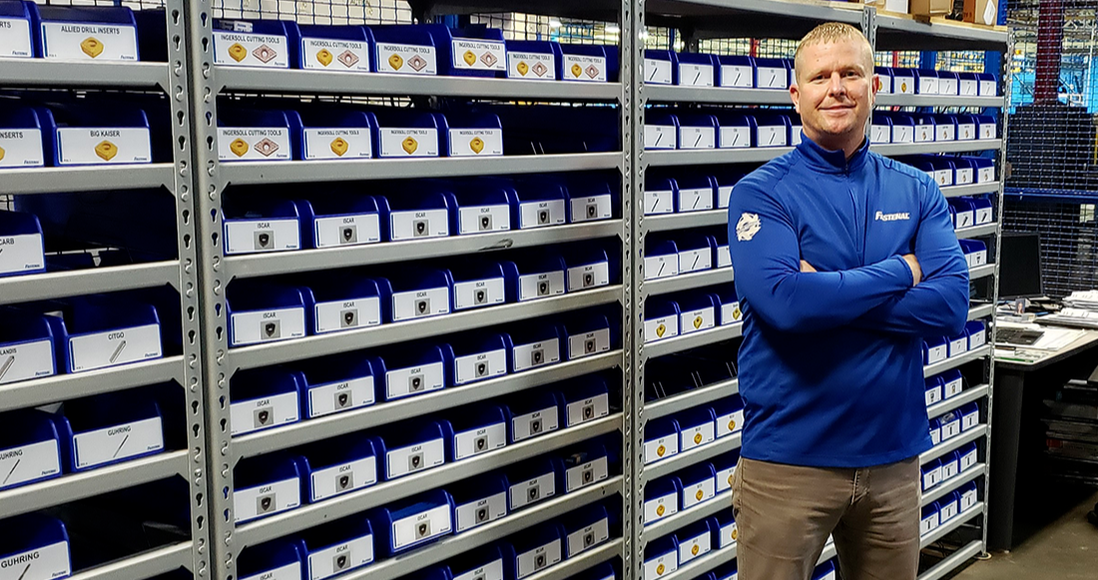Why metalworking needs a field applications specialist
Updated August 30, 2022
By John Setser | 25 years of metalworking experience
By John Setser | 25 years of metalworking experience
|
When I’m asked what I do, I take a deep breath. Not because I’m reluctant to talk about my job. Quite the opposite actually. Mainly, I just need all the air in that breath to explain my title and work!
The simplest way I’ve found to describe what I do as a Field Applications Specialist is this: I bring value at the spindle via cost savings and productivity gains. Still with me? Good. Good. All of us Field Applications Specialists look at the latest tooling technology and then see how it can fit with a customer’s specific applications and processes. So through our experience, we bring a little more value to your business from a technical standpoint. I personally have 26 years of experience in manufacturing and metalworking. What can a customer expect from me? That’s the main question, right? And really, the biggest deliverable is the savings documentation. I evaluate and project where there are potential savings in your business. Maybe it’s a single tool that can improve a process or a whole category of tools that could last longer before needing to be changed out, but based on that information, I estimate what you could expect to save. Gains in tool life and productivity are two areas that I talk about with businesses. For example, getting a cutting tool into your process that lasts twice as long is a huge win. That one change is both saving money because you aren’t buying extra tools and it’s also increasing production because you aren’t shutting down to swap in a new one as often. Improving processes When I talk with customers, whether it’s through tool life or just that there are fewer tool changes, I look to help eliminate bottlenecks, and that's when the savings and productivity gains can be huge because you're making it so you can actually boost productivity. Say there’s a bottleneck in a crankshaft line that has ten steps. It’s the fifth step, drilling bolt holes, that’s the bottleneck. It’s the slowest operation. I can speed up all nine other operations, but it won’t really matter because your throughput is still the same because I haven't dealt with the bottleneck yet. But when we decrease cycle time on that bottleneck, you're increasing throughput. Just like that, you have the ability to make more product. If you have bottlenecks, let's talk. Vertical Divider
|
Like what you're seeing here? Subscribe to the Blue Print for FREE and get the magazine sent right to your address.
|


